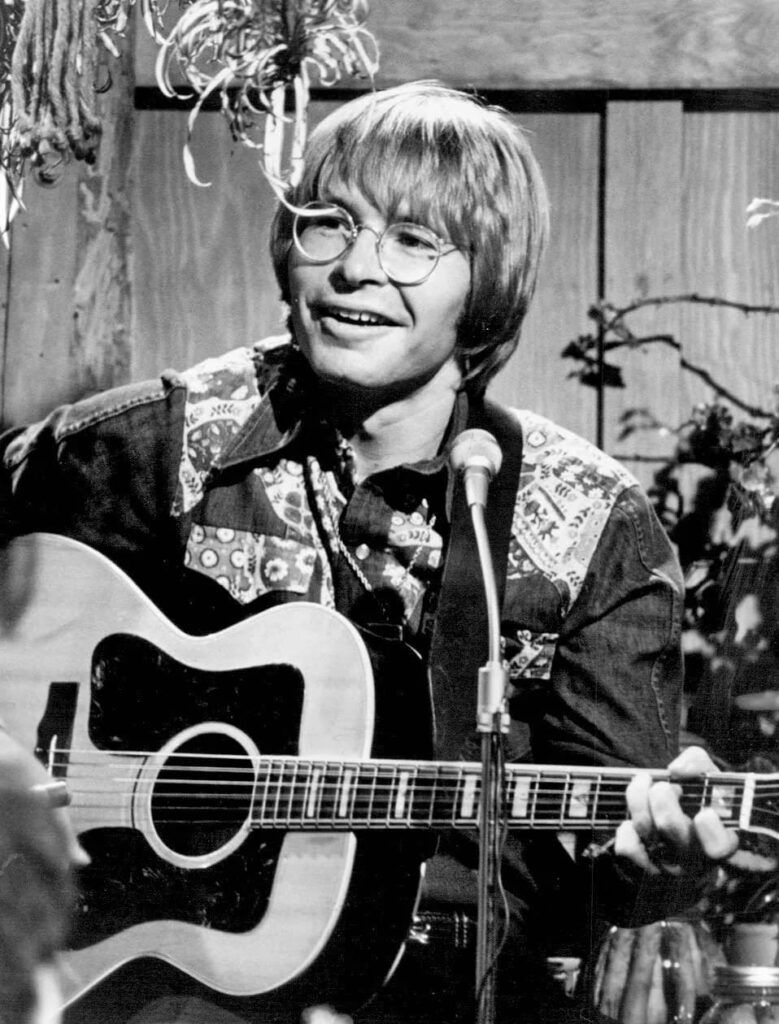
The simple, devastating folk ballad that captured the universal ache of separation, originally conceived not for the jet set, but for the traveling soul.
There are certain songs that, the moment the first gentle chords float into the air, instantly transport us back to a specific time, a specific feeling, or a specific person. “Leaving on a Jet Plane” is one such immortal folk anthem, a tapestry woven from the threads of melancholy, devotion, and the endless, aching rhythm of a life lived on the road. Though the song is indelibly linked to its author, John Denver, the version that soared to global fame—and the one that older readers will remember dominating the airwaves—was the definitive, harmonic masterwork recorded by the folk trio Peter, Paul and Mary.
It is important, right from the start, to note the song’s commercial history, as it defines its initial impact. While John Denver first recorded the track himself on his 1969 debut album, Rhymes & Reasons, that version failed to chart as a single. The version that became an absolute phenomenon was the 1969 single release by Peter, Paul and Mary, taken from their 1967 album, Album 1700. This version became their biggest and final smash hit, achieving the following crucial chart positions
The story behind the song is a beautiful testament to Denver’s nascent talent and the reality of a musician’s life. He wrote the tune in 1966, originally titling it “Babe, I Hate to Go.” He was still a relatively unknown member of The Chad Mitchell Trio at the time, and penned the lyrics at an airport—not necessarily while looking at a jet, but consumed by the overwhelming sadness and guilt of constantly saying goodbye to loved ones. The simple meaning is right there in the title: it is a farewell, a plea for commitment, and a wistful promise from a traveling lover who knows he’s often let his partner down (“So many times I’ve played around“) but swears his current departure is the hardest. It’s an intimate, intensely personal snapshot of separation.
His producer, Milt Okun, wisely convinced him to change the title to “Leaving on a Jet Plane,” recognizing the universality and evocative power of the imagery. When Peter, Paul and Mary—friends and fellow folk artists—recorded it, they wrapped Denver‘s raw, heartfelt vulnerability in their signature lush, gentle harmonies. Mary Travers’s crystal-clear lead vocal, backed by Peter Yarrow and Paul Stookey’s perfect blend, transformed the airport farewell into a national mood piece.
For the generation that first heard it, the song took on a far deeper, unwritten meaning, especially in the US. Released at the peak of the Vietnam War, many listeners interpreted the “leaving” as a deployment, turning the sweet, sad ballad into a quiet, almost domestic protest song—a simple, graceful depiction of geopolitical forces ripping young lovers apart. The gentle sorrow and the poignant finality of the words, “Kiss me and smile for me / Tell me that you’ll wait for me…“, resonated with millions facing uncertain goodbyes, whether at an airport or a military base. This unintended connection cemented its status as a timeless piece of Americana, a song that speaks volumes with its quiet sincerity. It remains a beautiful, melancholic anchor to the close of the 1960s, immortalizing John Denver as a songwriter long before his own voice became famous.